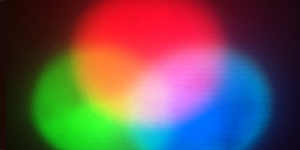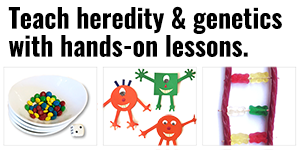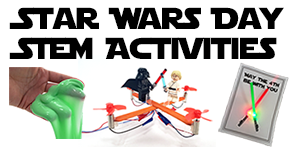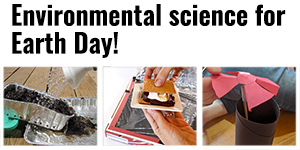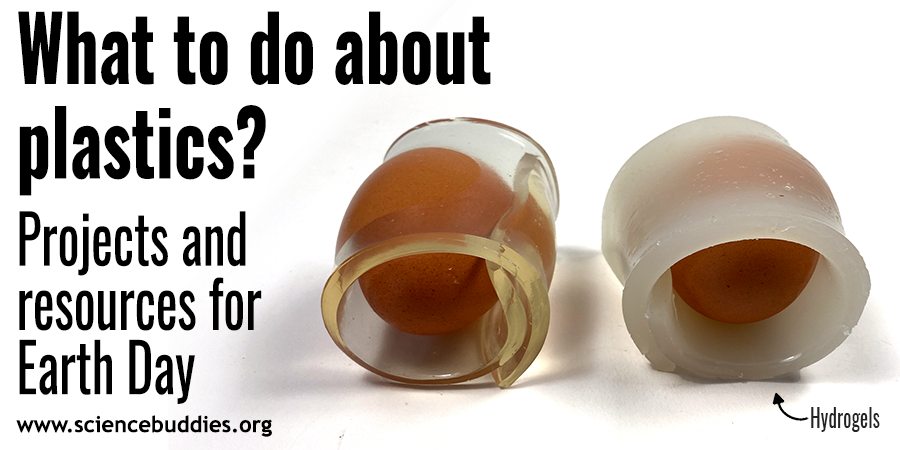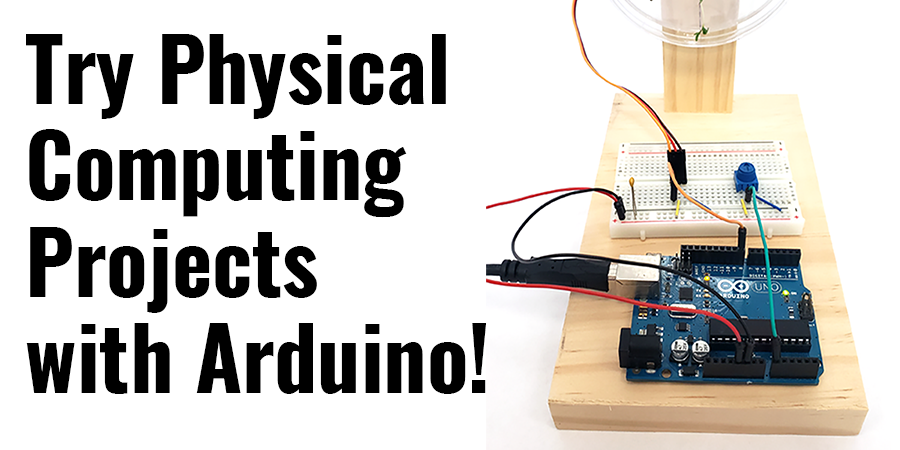Color Mixing and Family Physics
Put on a colorful nighttime light show with this family STEM experiment! With inexpensive flashlights and colored cellophane papers, kids can experiment with additive color mixing. The results might surprise you!
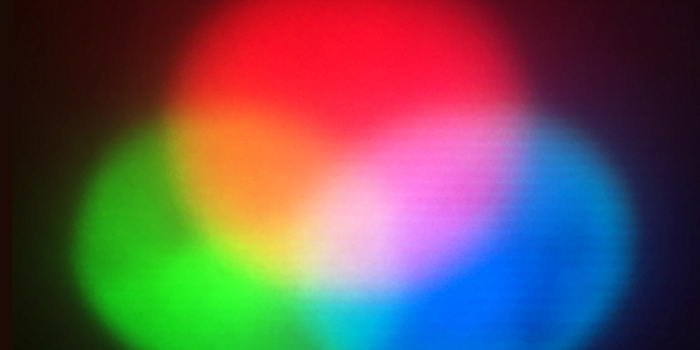
Mixing Colors
From the time they are little, most kids learn about color mixing. In craft and art projects using colorful crayons, markers, and paint, kids are encouraged to explore how primary colors can be combined to make secondary and tertiary colors.
In this week's family-friendly physics activity, families experiment with light to see how colors are created and what colors our eyes perceive when colors of light are mixed. This simple exploration of additive color mixing is easy to set up and yields immediate results. What happens when the red and green lights overlap? What color will you see? The answer will be there, right in front of you, on the cardboard (or wall)! The answer might even surprise you. What will happen when you overlap red, blue, and green? Give it a try with your kids and find out!
Taking the exploration a bit further, students can explore the shadows that appear when working with colored light and the physics that helps explain these shadows. If you and your kids enjoy making shadow animals on the wall, playing with flashlights, or mixing colors for creative projects, this is a fun family science activity for kids of all ages!
The following Science Buddies activity on the Scientific American website has all the information you need to do this science activity with your students at home: Colored Shadows.
Making Connections
Students interested in exploring light- and color-related science and physics may also enjoy the following hands-on projects and ideas:- Technicolor Shadows: Lessons in Light and Color
- Mixing Light to Make Colors
- Spinning Colors: How Do Primary Colors Combine to Make New Colors?
- Color Mixing with Red, Green, & Blue LEDs
- Color Profiles
- Color Saturation
Make It Your Own
For additional ways to experiment with colors of light based on this week's family science activity, see the suggested variations in the "Make It Your Own" section of either the Technicolor Shadows or Mixing Light to Make Colors project.
Categories:
You Might Also Enjoy These Related Posts:
- Plastics and Earth Day - Science Projects
- Arduino Science Projects and Physical Computing
- 10+ Robotics Projects with the BlueBot Kit
- 5 STEM Activities with Marshmallow Peeps
- March Madness Basketball Science Projects: Sports Science Experiments
- Women in STEM! More than 60 Scientists and Engineers for Women's History Month
- Explore Artificial Intelligence and Machine Learning with Student AI Projects
- 10 Reasons to Do the Rubber Band Car Engineering Challenge


